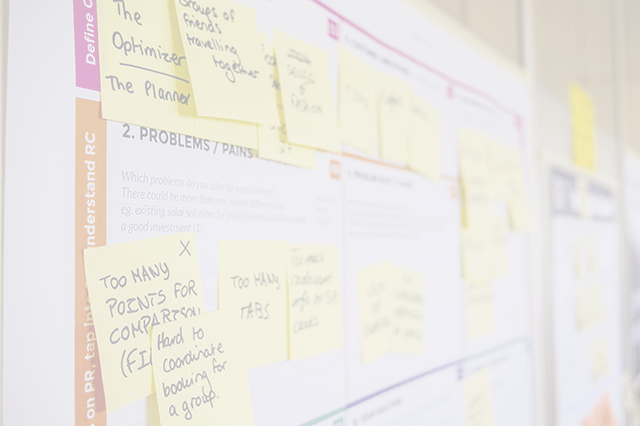NoEstimates
NoEstimates is a movement within the Agile community dedicated to eliminating the waste associated with estimation. At the core, the people behind this movement claim:
- Estimates are a waste - clients don’t pay us for estimates, so they are considered overhead.
- Estimation takes time that could be spent on more valuable work.
- The further into the future we estimate, the more waste is created.
- Estimates are harmful because they make precise promises about an uncertain future.
- Estimates are often wildly wrong due to a long list of cognitive biases, including The Planning Fallacy and Optimism Bias.
The real problem with estimation isn’t that the estimate was wrong. From my experience, estimates don’t work because they ignore a key problem: the inherent variability in our work. Imagine two items that are both estimated to be a size ’5’ or medium. We would expect them to take the same amount of time or effort to be completed. The challenge is that numerous factors influence the time it takes to implement the work, including conversations with the client, code quality in the area where the changes are being made, and dependencies on other teams.
Instead, Team #NoEstimates would have teams:
- Slice all product backlog items to approximately the same size (small T-Shirt size - a few days of work for a few people)
- Count the number of small items the team achieves per Sprint
- Make Sprint commitments based on the average number of items in the past few Sprints
- Move away from forecasting based on arbitrary numbers, to Probabilistic Forecasting to provide insight into which items will likely be finished by a given date
- Shift measurement focus from Velocity/Throughput to flow metrics: Cycle Time and Lead Time
- Use Continuous Discovery to find the most important work items instead of large-scale prioritization
- Shift away from once-a-year project funding towards smaller, more frequent commitments
Arguably, slicing all work to the same size is a form of Estimation. So the #NoEstimate isn’t eliminating all estimation; it’s about reducing waste so that teams can focus on delivering value. It is about basing the forecasts on real data (Cycle Time) and not guesswork (StoryPoints).
The #NoEstimates approach is most effective in organizations where the team is closely aligned with the customer.
Be careful of the #NoEstimates on social media, as you will attract attention from people who will tell you why it won’t work.
